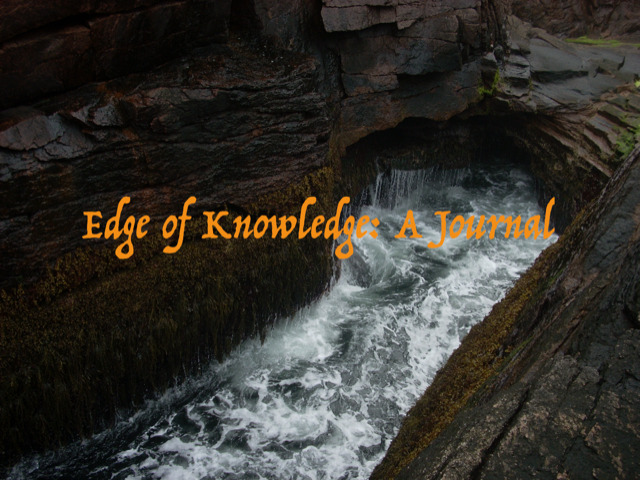
The Distinctive Structure of this Journal
The Edge of Knowledge is a unique journal not only because it is digital and is concerned with the future of professional psychology, but also because it is a document that doesn’t stand still. Unlike a printed journal that must remain static–since the printed word can never be unprinted–The Future of Professional Psychology contains documents that can be frequently modified.
A “Living” Journal
Articles in the journal can be updated as a result of comments made about the article or the author’s further thoughts about the topic. It also can be expanded with new material being added. Additional authors might join in further enriching an article, or portions of the article can be deleted if considered by the author to no longer being valid. An article can even be deleted entering if an author wishes their work to no longer be “in print” (though we encourage authors to add or modify rather than delete–self-censorship is rarely constructive).
The Static Journal
Traditionally journals were published in print form and distributed, read and archived without any changes ever being made (or even possible given its printed form). Even with the introduction of digital publications, it was assumed that the “printed” word remains unchanged. A mechanistic/closed system perspective on publication.
The Living Journal
Digital publishing allows for the creation of publications that are growing, changing, dialogic in nature and format. An organic/open system perspective on publication.
Level One: the publication can include both written words and video recordings (through use of Vimeo and other modes of digital storage). The reader is introduced to the author “talking” about their work, as well as (potentially) other people commenting on the work (via video recording) in the midst of the written document.
Level Two: the publication is changing, with the author(s) including new material, based on comments regarding earlier versions and their own reflection on the work. The work is always “in progress.” The video recordings influence the ongoing work.
Level Three: the publication is set within a broader dialogic framework, with brief digital presentations by the author and/or question/answer/commentary sessions being part of what the “reader” purchases (subscribes to). In a more expansive format, the “journal” can be incorporated in a workshop program or even complete certification/academic credit-generating program. Content from the digital presentations/dialogues being incorporated in the publication: there is full integration of the printed word and the enacted (and recorded) dialogue.
A Multi-Media Journal Allowing for Constructive Dialogue
We can portray our “living” journal in yet another way. The digital format allows us to blend the printed word with video clips (produced through use of tools such as Zoom and Vimeo).As you enter the multi-media world of this journal, you will find yourself getting to know the author in their own setting and will get to listen to what they have to say in a venue that is more informal and spontaneous than is the carefully crafted and edited printed word. Because the journal is offered in a dynamic, changing format, we can also add in videoclips prepared by the author at a later time or can incorporate video-recorded comments made by other people who have read the article and/or listened to what the author has had to say. In other words: welcome to a venue that allows for constructive dialogue..
In Sum . . .
We offer quarterly issues of this journal, based on this distinctive mission of offering documents on the cutting edge — and future– of professional psychology. We address these quarterly themes by means of a cutting edge (digital) mode of publication. This dynamic and agile mode enables us to best focus on the ever shifting landscape of perspectives and practices this profession. A further exposition of the specific epistemological stance being taken in the creation and ongoing production of this journal follows the presentation of themes for each issue and links to the specific articles contained in each issue.
__________






